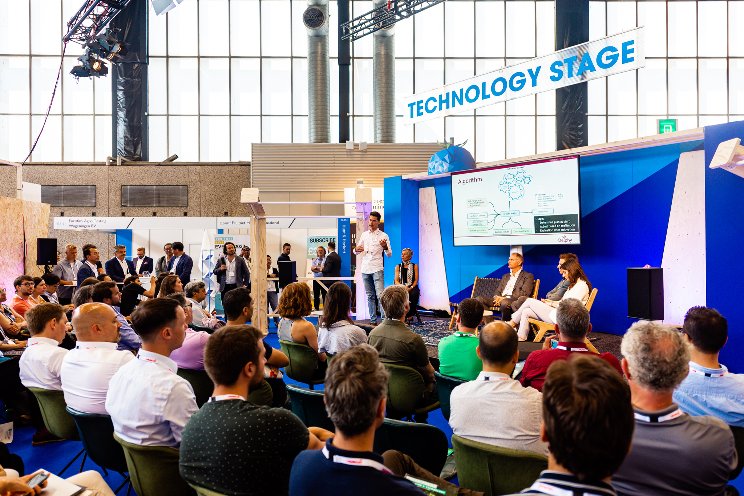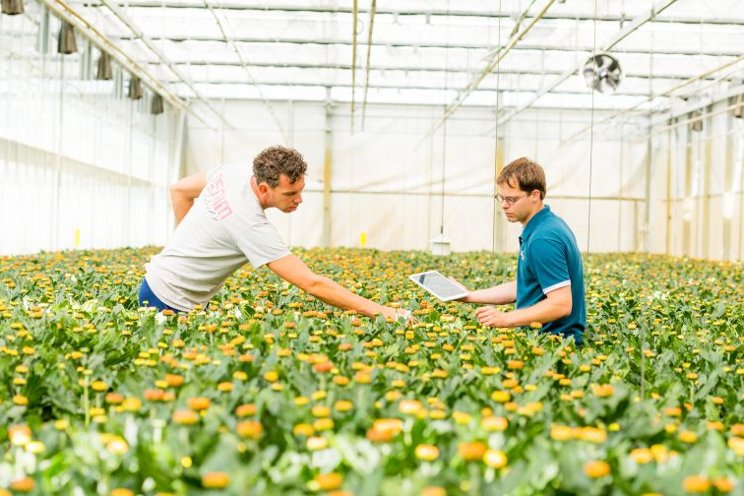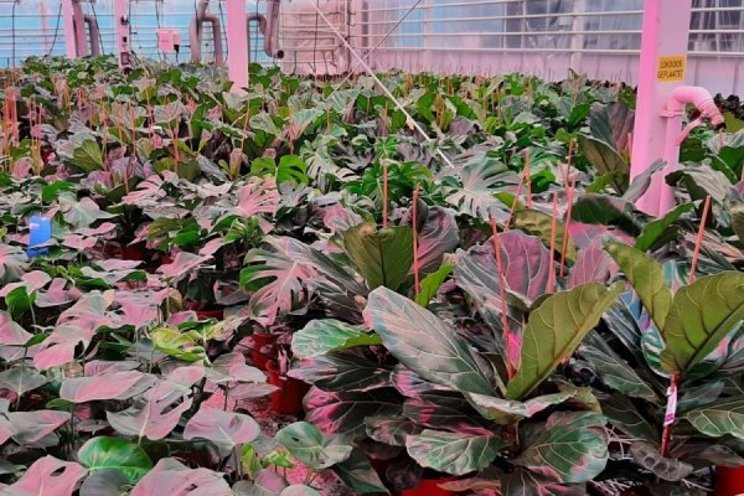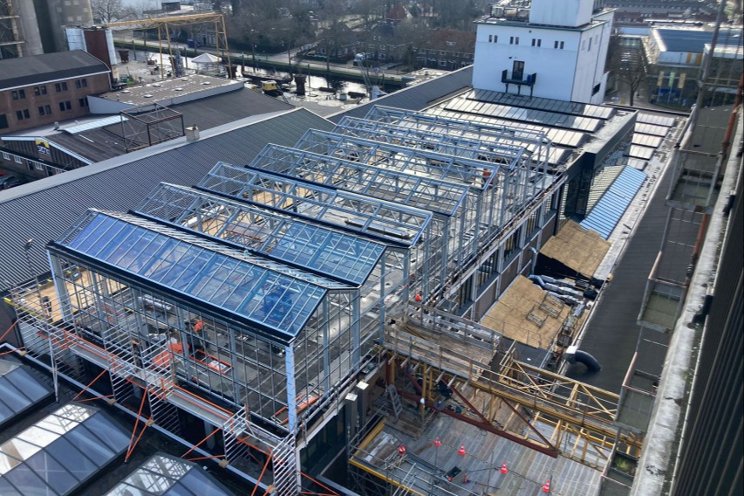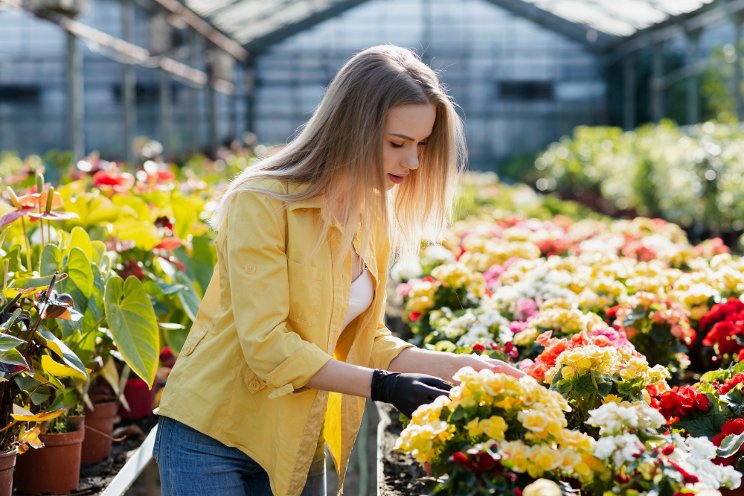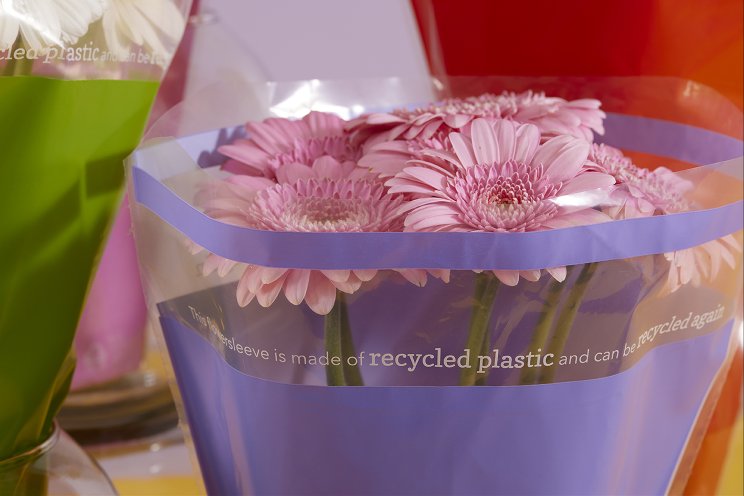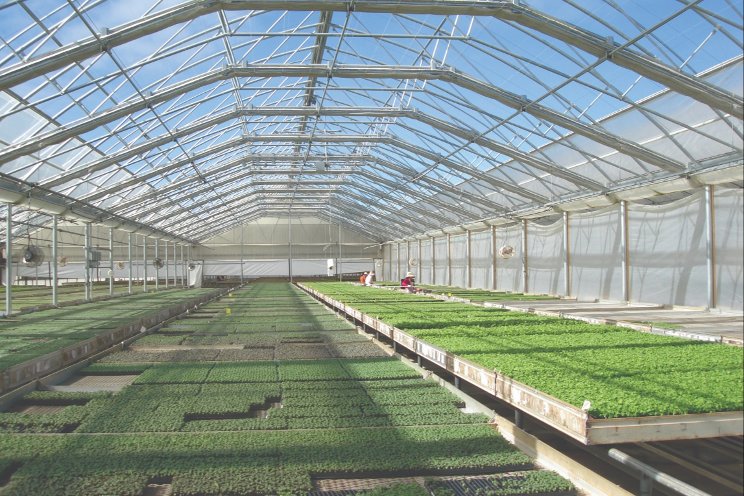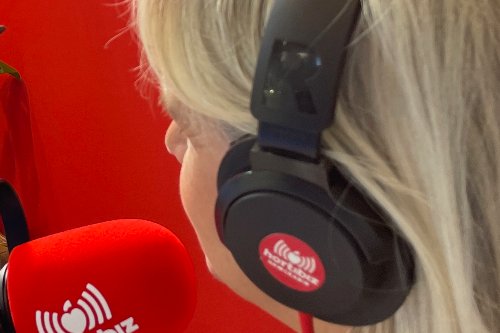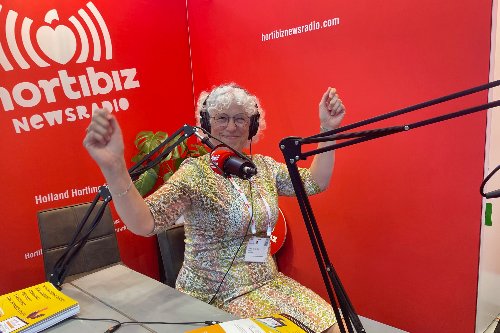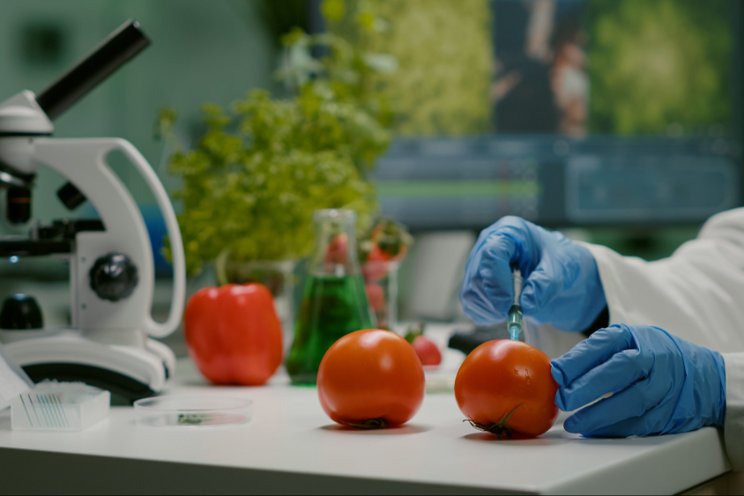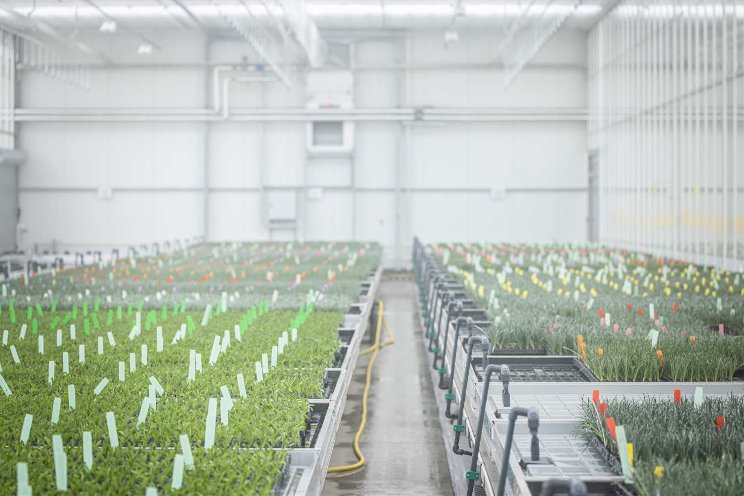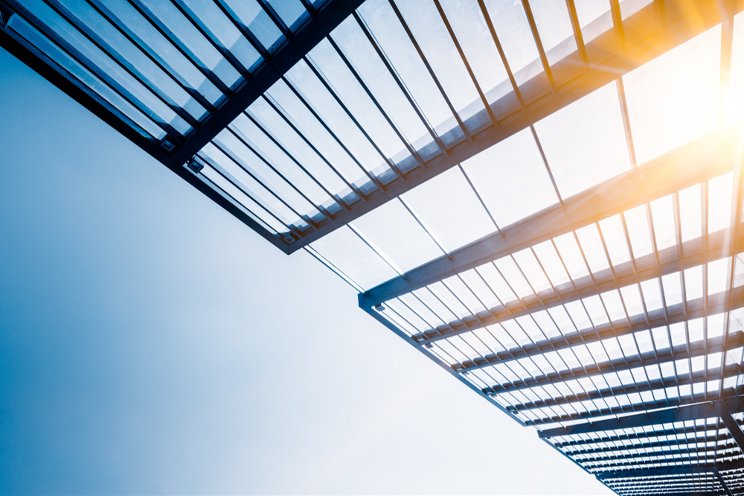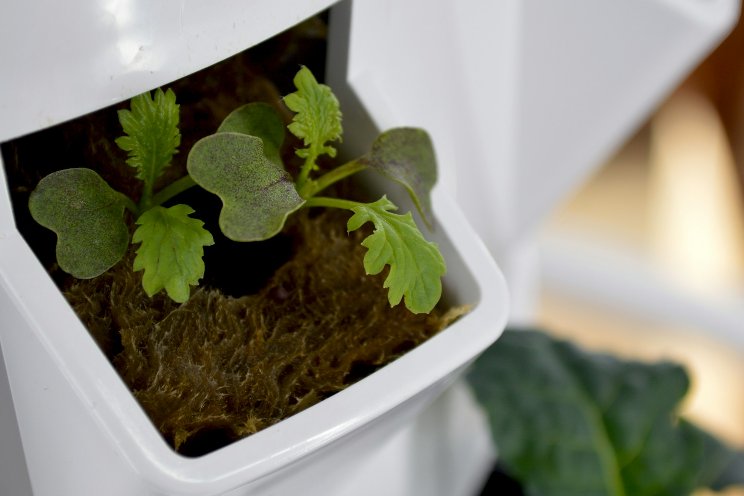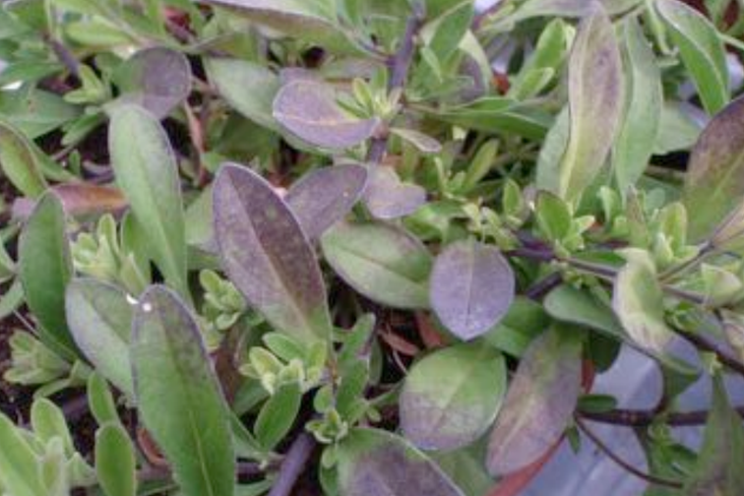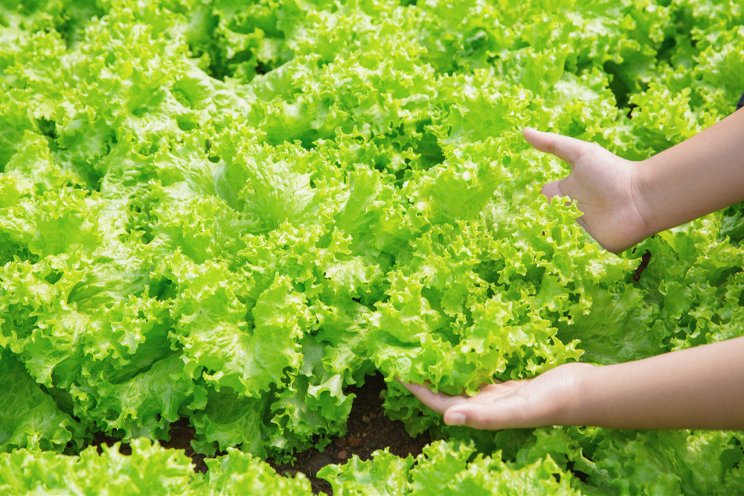LED investment enables optimization in multiple areas
Added on 27 September 2021
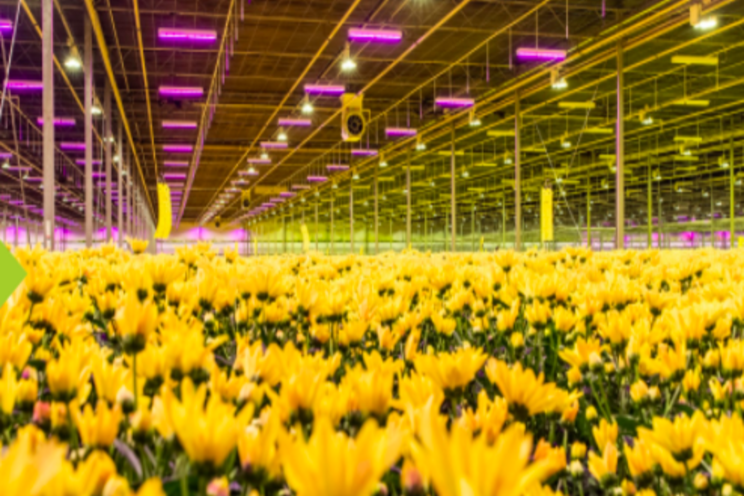
With an area of eleven hectares, Kiepflower in Nieuwaal is one of the Netherlands' leading chrysanthemum businesses. Nico and Albert Kiep cultivate a wide range of spray chrysanthemums, primarily destined for the large-scale retail market. "Most of our flowers go to Western European countries, but we also supply to Eastern Europe," Albert Kiep says.
To enable year-round production, for many years the growers cultivated their plants under HPS fixtures with an 80 µmol/m2/s capacity. This is a relatively low light intensity for chrysanthemums. "Most buyers didn't want top-heavy chrysanthemums; a branch weighing 60 to 65 grams and 65 centimetres long was sufficient."
Need for higher branch weight
This changed when the English market, which accounted for around 34% of turnover, more or less vanished last year. This created the need for the father-and-son team to change part of their production to heavier branches. "It's difficult to find new sales channels in the 60-65 gram weight class. A higher branch weight - say around 75 to 80 grams - gives more options for moving to the daily and weekly markets."
In order to achieve their aim, the chrysanthemum growers decided to increase the light intensity in their 4.5-hectare greenhouse in Nieuwaal. But the question was which grow light system was going to be able to achieve optimal results for the desired objective. Nico and Albert Kiep made contact with Hortilux account manager Kurt Zwemstra to help them with this challenge. Zwemstra worked with the pair to map out the challenge and the potential solutions. "Based on our experiences in previous projects, we quickly determined that doubling the light intensity from 80 to 160 µmol/m2/s was essential in order to achieve the desired branch weight," Zwemstra says.
50:50 ratio
The chrysanthemum growers made a deliberate choice to use LED fittings. "After all, LED uses less electricity and is therefore more sustainable," Albert Kiep says. "On top of that, the capacity of our power connection is limited. Investing in additional HPS fixtures would require us to increase the connection's capacity, which would incur large additional costs. Choosing LED enabled us to double our light intensity at relatively low cost - and do it sustainably, too."
Zwemstra says that a 50:50 LED:HPS ratio is an excellent choice. "That sort of ratio allows for good and safe chrysanthemum cultivation with an optimal climate. We at Hortilux created a tailor-made light plan for Kiepflower to achieve just the right light distribution. HORTILED Top fixtures were the optimal choice for light distribution in this situation. And it wasn't a hasty decision; we had various discussions with Nico and Albert Kiep, to learn as much as possible about their requirements and enable us to create a truly tailor-made solution.
It was partly due to this approach that the Kieps ultimately opted for Hortilux. "We've been doing business with Hortilux for years; our HPS fixtures come from there too. It really is a strong relationship based on trust," Albert Kiep says.
Multiple benefits
Nico and Albert Kiep are pleased with the results produced by the hybrid grow light system: practical experience shows that chrysanthemums can be grown very well under a combination of HPS and LED fixtures. "And thanks to the higher light intensity, we've successfully achieved a higher branch weight; we're getting positive feedback from our buyers. The additional light also means the potential for increased production; we expect to be able to harvest an extra 24 branches per square metre on an annual basis. You could also use the higher light intensity to shorten the growing cycle. So you can see that the investment in LED has various possibilities for optimisation and improvement."
The fact that chrysanthemums produce more moisture under higher light intensities does present a challenge, Kiep says. "It's more difficult to achieve an optimal growth climate. We use the growth tubes and Van der Ende Groep's Airmix system to help with this."
Further growth of LED
Albert Kiep is certain that LED will continue to grow in popularity in the horticultural industry. "It's more sustainable - because you reduce the use of fossil fuels - and it means you can grow more efficiently. But the way we see it, making a complete switch to LED is only an option in new construction; the changes it requires are just too much when working with an existing greenhouse."
Source and Photo Courtesy of Hortilux
Source: Hortilux
More news
